It’s 5 o’clock. I am getting home from work. Upon my arrival, I am greeted with numerous questions. My mom found a bowl of mango blan in the fridge and wants to know whether I am the one who sliced it and put it there or not.
A bit confused about this line of questioning, I reluctantly say yes. She instantly bursts into laughs. When she calms down, it is to tell me how earlier that day she had told her coworker about her weird encounter in our fridge: that mango blan bowl.
I ask her what was so weird about her finding a simple bowl of mango. After all, it wasn’t the first time I had peeled and sliced a mango and stored it in a bowl to bring to work.
She chuckles and asks how I proceeded to peel and cut that mango blan.
Still a bit lost, I tell her how I had the genius idea of using a potato peeler. It was the first time I had used that kitchen tool on a mango. It had worked so well that I was more than proud to share that tip with her. I was sure she would welcome it and use it in the future.
Little did I know, that would lead to even more laughs, and to her calling both my sister and dad to tell them how I had eaten that mango blan. That account was as hilarious to them as it had been to her.
When they finally calm down, it’s to tell me that I had eaten that mango wrong.
There was no way I could have successfully used a knife, let alone a potato peeler to remove the peel from that mango blan, for the fruit is not that firm. Or so they claimed.
I found that odd as the fruit seemed firm enough when I was cutting through it. I believe the picture below confirms my assumption.
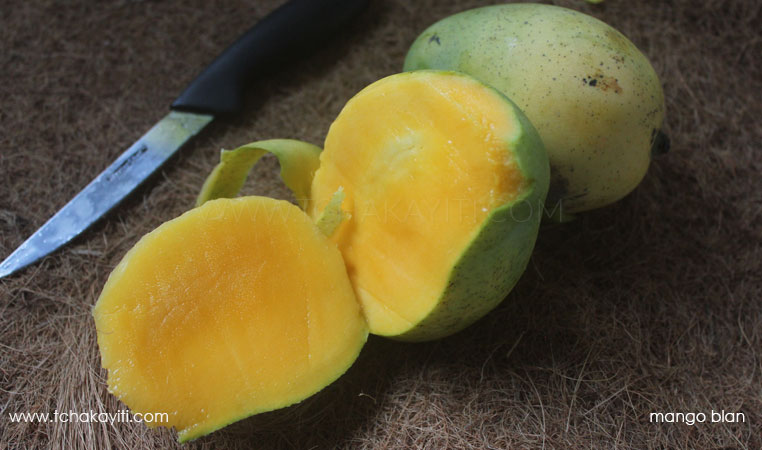
Annoyed, I decide to showcase my method, only to hear them say:
“Men mango blan monte sou tab. Gadon blag mwen pral bay demen” – mango blan is being eaten at a table. Now that’s a joke worthy of telling tomorrow.
“Se konsa boujwa manje mango” – that’s how fancy people eat mango
They then proceed to demonstrate the proper way to eat a mango blan:
Mango blan belongs to the mango varieties that Haitians eat with bear teeth and definitely not at the table. You must grab your ti chèz ba (small straw chair) and either use teeth and fingers to peel it and bite into its fibrous flesh, or simply press the fruit, poke a hole and suck the juice out, just like you would a mango kòn as I describe in my mango kòn avalanche article.
In other words, a mango blan can be eaten like a mango tòtòt. The distinguishing factor of this variety is its lighter yellow shade – thus the name mango blan, “white” mango – and its size. The fruit is so big that it takes a while to suck the life out of one.
It takes such a long time to eat one that way, that it was the strategy used by parents to keep children occupied back in the days. My mother herself had spent endless joyful hours sucking on a mango blan throughout her childhood.
If she was so fond of mango blan, how could I have inadvertently violated that mango etiquette? Shouldn’t I have eaten or at least witnessed a mango blan being eaten through the years?
My only explanation is that I was a calm child who didn’t need to be kept busy with a mango kòn so she would stop driving her parents nuts. You know, unlike my mother as a child… 😉

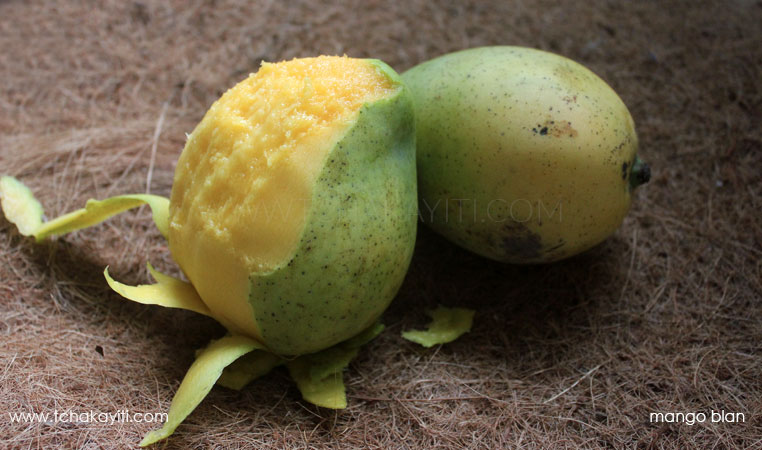


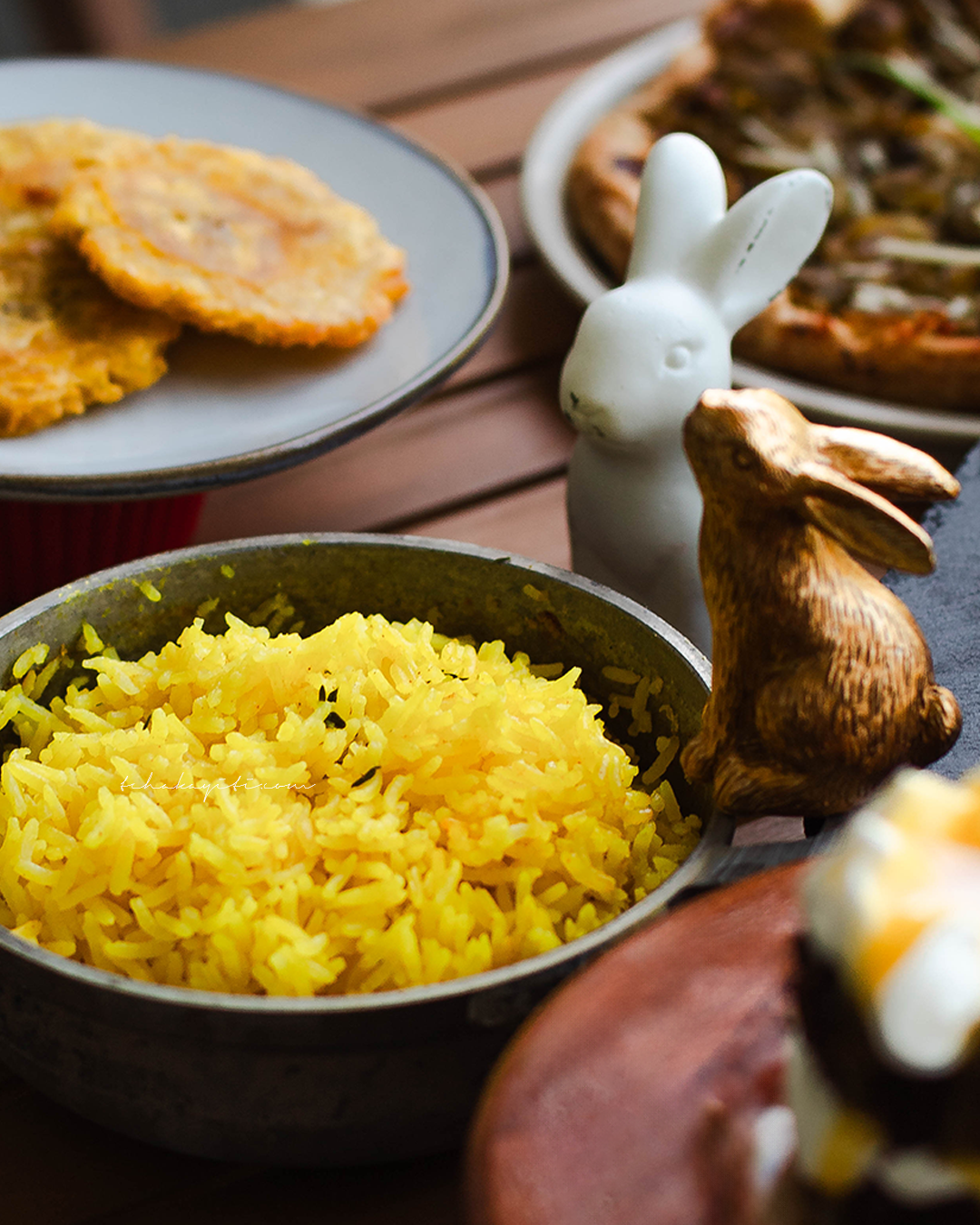
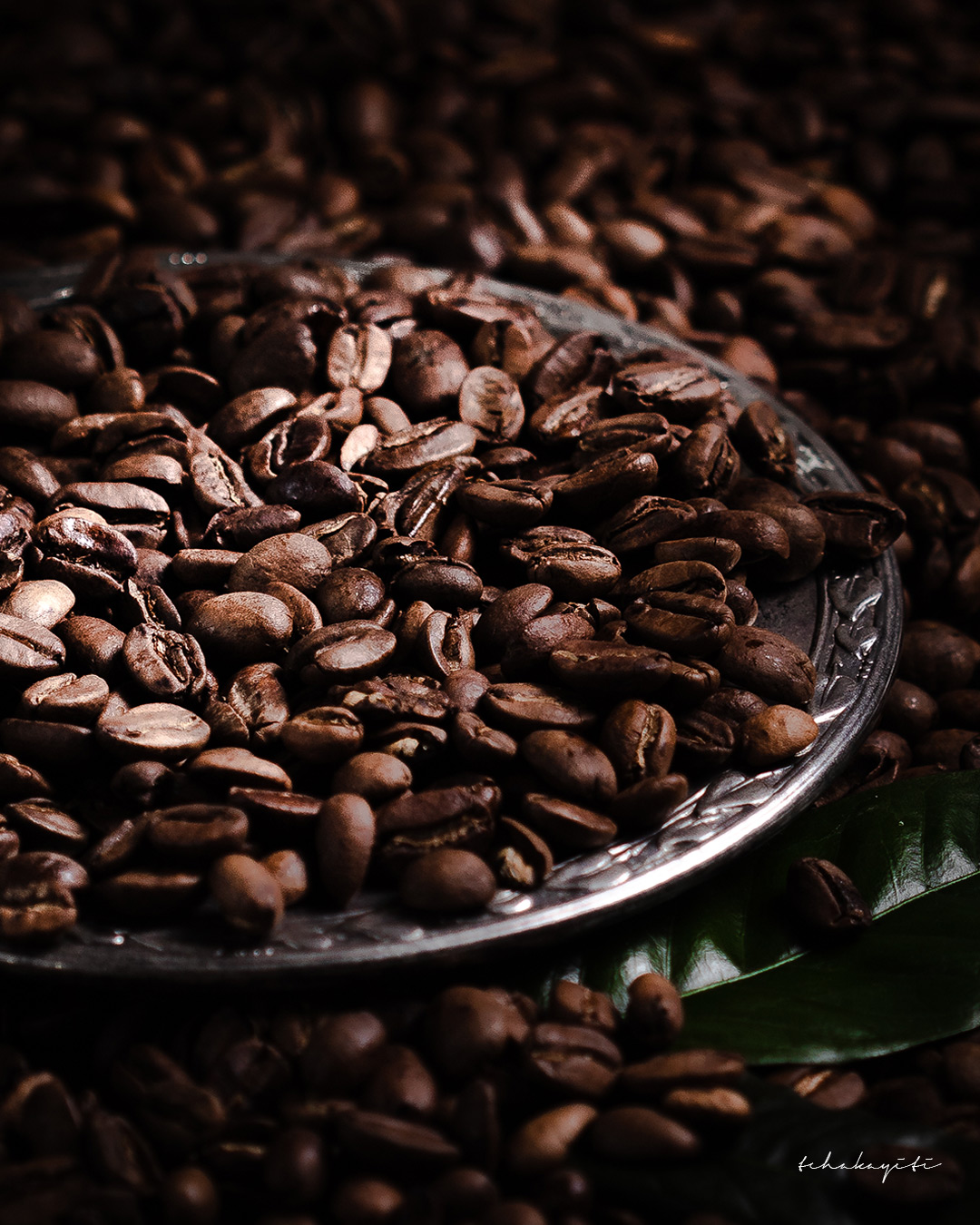
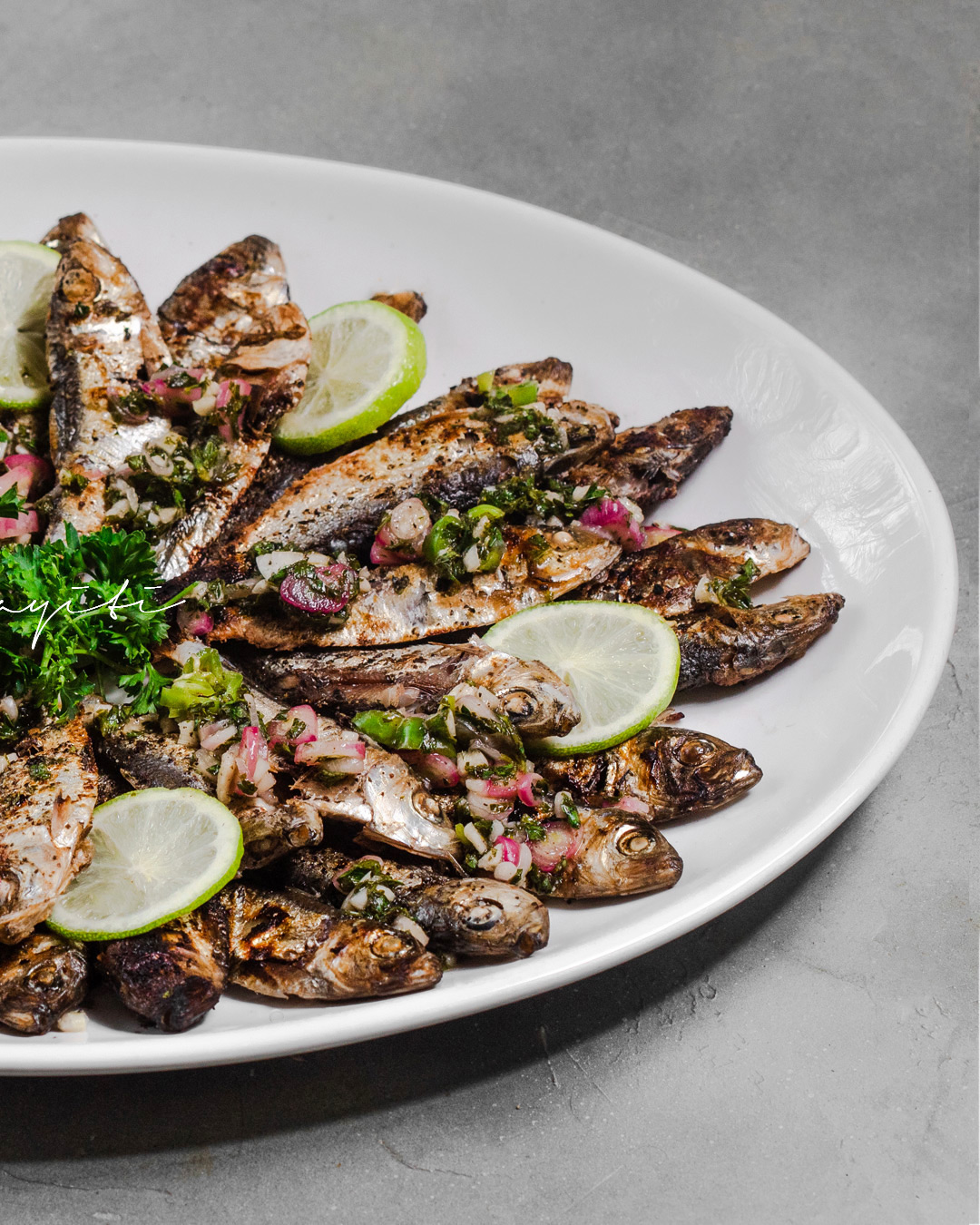

2 Comments
LOL, when I read the title I thought to myself “Mango blanc etiquette? I thought there was only way to eat it and it sure isn’t proper or even belongs in the same sentence as etiquette. Is Annick Making up stuff now for the purpose of blogging?”. Then I started to read your mother’s reaction and realized it’s not me it’s you! Si w’ zuzu mango blan pa pou. The only mango to eat with nife is Mango Francique (IMO) and Mango Madan Jn Batist
lol well now I know that only those 2 varieties are eaten with a knife, haha. pitit they were telling everyone my story so I figured I might as well share it.